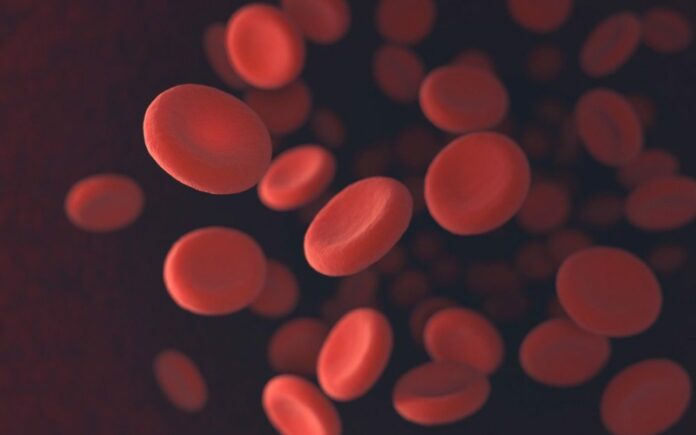
Anemia means that you have low levels of red blood cells in your body. This can make you feel tired, weak, and out of breath easily when you exercise or go about your daily activities. There are different types of anemia, and it’s important to identify what type you have so that the proper treatment can be prescribed by your doctor. The most common types of anemia include iron deficiency anemia, anemia caused by medications, and anemia caused by pregnancy.
Also Read: Wearable Technology For Health- The Best Devices To Improve Your Wellbeing
Types Of ANEMIA And Its Causes:
Iron Deficiency Anemia – Types Of Anemia
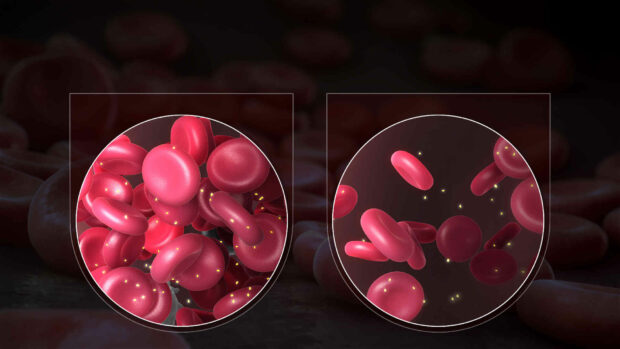
Iron deficiency anemia is a common type of anemia. It happens when your body doesn’t have enough iron to make hemoglobin. Hemoglobin transports oxygen from the lungs to other cells in the body. Without enough hemoglobin, the cells can’t get enough oxygen and start to die. When this happens, you’ll notice symptoms like weakness, shortness of breath, dizziness, and heart palpitations. You should see your doctor right away if you experience these symptoms.
Folic Acid Deficiency
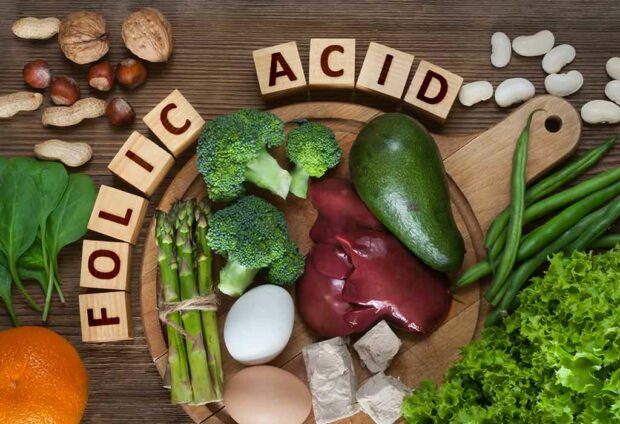
Folic acid is important for the production of new red blood cells. When there’s not enough folic acid, this process can’t happen, and anemia can develop. Folic acid deficiency anemia is usually mild, but it can cause serious health problems if it’s not treated. This type of anemia is most common in pregnant women and people with intestinal disorders. Treatment involves taking folic acid supplements and eating foods that are rich in this nutrient, such as leafy green vegetables and legumes.
Vitamin B12 Deficiency
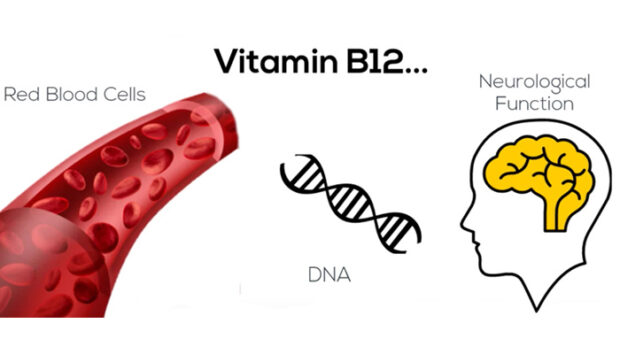
Vitamin B12 is essential for the formation of red blood cells. Without it, red blood cells can’t mature properly, leading to a form of anemia called megaloblastic anemia. Symptoms include fatigue, weakness, pale skin, and shortness of breath. Vitamin B12 deficiency can be caused by dietary problems or conditions that affect absorption. Treatment involves taking vitamin B12 supplements or getting injections of the vitamin.
Sickle Cell Anemia – Types Of Anemia

In sickle cell anemia, some red blood cells look like sickle-shaped crescents and don’t work properly. They become stuck in small blood vessels, blocking the flow of oxygen-rich blood to parts of the body. If a person has this type of anemia for a long time, they can suffer from other health problems such as kidney failure or infections that don’t go away.
Copper Deficiency

Copper is an essential mineral that helps the body create new red blood cells. Without enough copper, your body can’t produce enough hemoglobin, which leads to anemia. This type of anemia is called copper deficiency anemia and is relatively rare. Copper deficiency anemia can be caused by not getting enough copper in your diet or by losing too much copper through bleeding.
Blood Infections
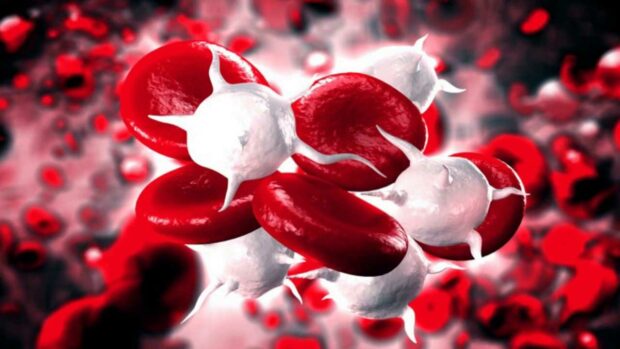
There are many different types of anemia, each with its own set of causes. Blood infections, for example, can lead to anemia by destroying red blood cells or preventing their production. Anemia can also be caused by other diseases, such as cancer or kidney disease, and by certain medications or treatments.
Aplastic Anemia – Types Of Anemia

Aplastic anemia is a condition that occurs when your body stops producing enough new blood cells. When this happens, you may not have enough red blood cells to carry oxygen to all parts of your body. As a result, you may feel tired and out of breath. In addition, because the immune system can’t work as well without enough white blood cells, you may get sick more often. Symptoms can include pale skin, easy bruising or bleeding from the nose or gums, bone pain or softening (osteoporosis), and increased risk for infection.
Thalassemia – Types Of Anemia
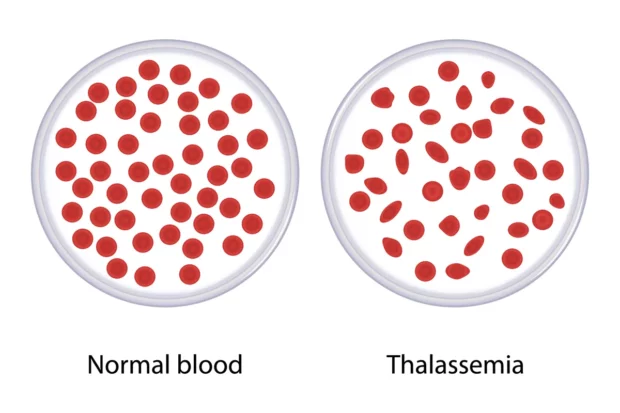
Thalassemia is an inherited blood disorder that causes your body to have less hemoglobin than normal. It may be genetic or caused by a substance called alpha-thalassemia, which damages the production of red blood cells. Symptoms include fatigue, pale skin, and other issues such as difficulty breathing, learning difficulties, and swelling in the hands and feet. The only treatment for thalassemia is regular transfusions of healthy red blood cells from a donor who matches the patient’s ABO type and Rh factor.
There are many different types of anemia, each with its own set of causes. Iron deficiency anemia is the most common type, caused by blood loss or insufficient iron in the diet. Other types include pernicious anemia, aplastic anemia, and sickle cell anemia. Treatment for anemia depends on the cause and may involve taking supplements, changing your diet, or receiving blood transfusions.










